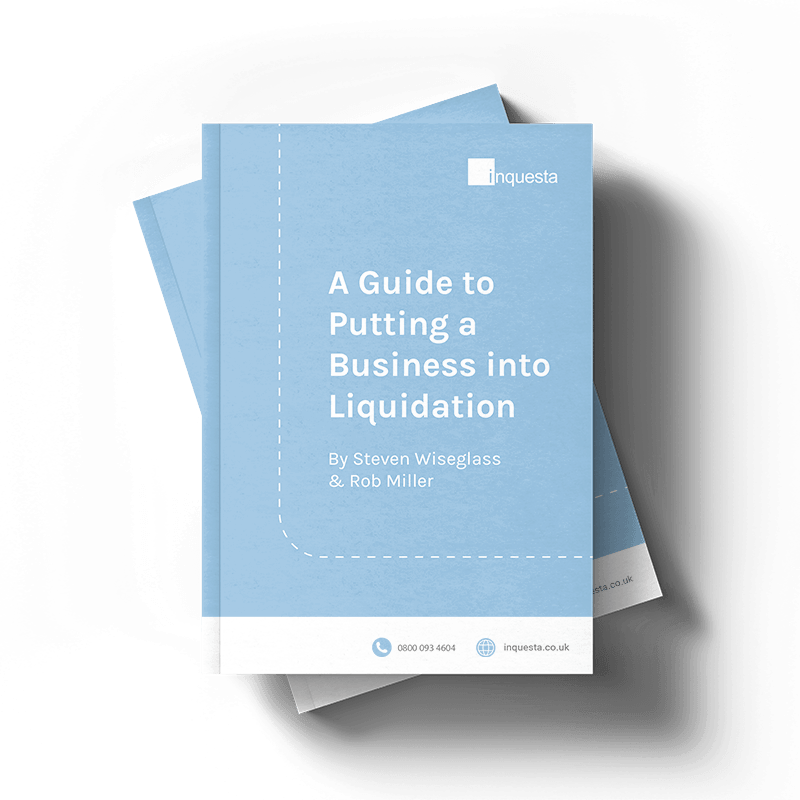
MEMBERS’ VOLUNTARY LIQUIDATION SUPPORT
If you’re a business owner looking to close your solvent company in an efficient and tax-effective manner, Members’ Voluntary Liquidations (MVL) could be the ideal solution. Regardless of whether you’re looking to restructure, retire, or simply wind down operations, our experienced team of is here to help guide you through uncertain times with clarity and confidence.
What is a Members’ Voluntary Liquidation?
A MVL is a formal process to voluntarily shut down a solvent business. Unlike many other types of liquidation, such as compulsory liquidation or a Creditors’ Voluntary Liquidation, a Members’ Voluntary Liquidation will be initiated by the company’s directors. The reason behind this can vary, but it usually boils down to a want or need to distribute the company’s assets amongst its shareholders — be this as part of a planned exit from the business or a restructure.
Members’ Voluntary Liquidations allow for an orderly means of winding down your company’s affairs on your terms. All assets during the process will be sold off and used to first pay back any existing creditors, before then distributing any remaining funds amongst shareholders.
A particularly popular liquidation method amongst business owners looking to properly tax-plan for the future, a Members’ Voluntary Liquidation allows shareholders to utilise tax relief such as Business Asset Disposal Relief, while retaining maximum control over your own situation.
Members’ Voluntary Liquidation vs Strike Off
Members’ Voluntary Liquidations and strike-offs are two of the most common methods for closing a limited company. A strike-off is generally seen as a less formal method of closing a business compared to Members’ Voluntary Liquidation.
Strike-offs are best suited for a ‘dormant’ business that hasn’t been regularly trading for a prolonged period, or has minimal assets, and involves removing the company from the Companies Register. Unlike Members’ Voluntary Liquidations, a strike-off doesn’t require a liquidator, and the process is generally quicker and less costly.
However, the business in question must not have traded or had significant levels of activity in the three months prior to strike-off. Additionally, any remaining assets belonging to the business may be taxed as income, which would be significantly less favourable than the taxation under a MVL. This means that, unless you’re a small or inactive firm, a MVL may be the preferred option for you.
Members’ Voluntary Liquidation: Pros and Cons
MVL Pros:
- Tax Efficiency: Any shareholder distributions are treated as capital, making it eligible to benefit from Capital Gains Tax relief.
- Professional Insight: A licensed insolvency practitioner (IP) oversees the process, ensuring everything follows the necessary legal process.
- Creditor Ease-Of-Mind: In a MVL, all debts are settled in full, protecting the company against potential consequences.
- Final: MVLs offer a formal and legal closure to the company’s affairs, providing finality.
Cons:
- Cost: MVLs can be costly as a result of fees for insolvency professionals.
- Time-Consuming: The MVL process may take months if the case has complex aspects (large number of assets or liabilities).
- Administration: In a MVL, a director must declare and prove solvency, requiring detailed financial statements.
Download our FREE Guide to Liquidation
We appreciate that while a company moratorium will provide vital breathing room in which you can restructure your business and regain some financial stability, it’s essential that you’re prepared for any and all potential outcomes. If your situation cannot be recovered during a period under moratorium, company closure and liquidation may be the next step.
To help you navigate this complex process, we’ve created a comprehensive ‘Guide to Liquidation’. This FREE download details everything you need to know. Even if your current focus is on business recovery via an insolvency moratorium, it’s important that you have a solid understanding of liquidation should your restructuring efforts not come to fruition.
Download our FREE Liquidation Guide today and ensure you’re ready to act, no matter where your financial journey might lead.

Members’ Voluntary Liquidation Steps
Members’ voluntary liquidations involve several notable steps, all of which are necessary to ensure that the business in question is shut down in accordance with legal requirements, and shareholders are able to receive the appropriate returns with accuracy and efficiency.
The process can typically take from six months to a year. The main Members’ Voluntary Liquidation steps include the following:
Inquesta: Experienced Support for Members’ Voluntary Liquidations
At Inquesta, we are totally committed to providing a seamless and efficient Members’ Voluntary Liquidation process, tailored to the unique circumstances and needs of our clients.
Our team of licensed insolvency practitioners boast extensive experience handling MVLs across various industries, and for companies of a variety of shapes and sizes.
If you’re considering closing your solvent company via a Members’ Voluntary Liquidation, get in touch today for your free consultation. Our expert team is on hand to help you through the liquidation process and ensure a smooth and efficient closure.



